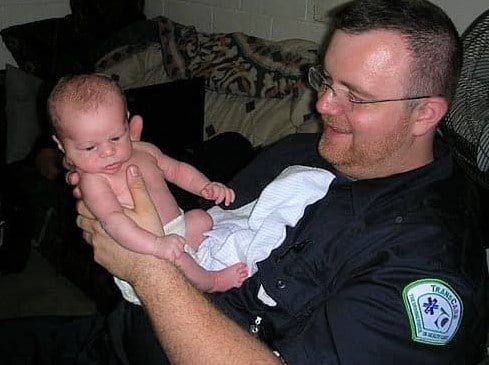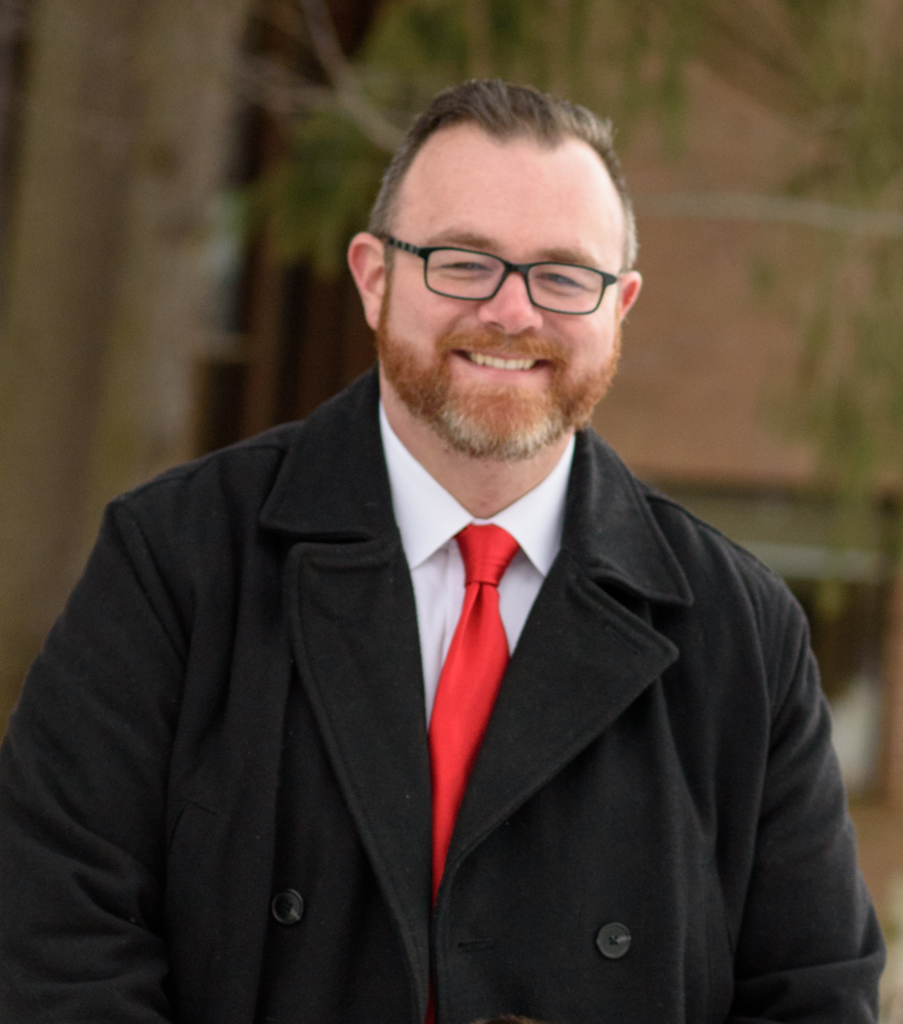This EMS Week 2020 (May 17 – May 23), we want to recognize emergency medical services (EMS) workers who help carry out our mission by providing assistance during disasters and lifesaving training. We also want to thank these first responders for all they are doing to help during the COVID-19 crisis, and highlight that important work.
We reached out to Ryan Wallace, a paramedic and a Red Cross Instructor, to learn more about his work as an EMS provider. Here he answers five questions in five minutes.
How did you get involved in this profession?
“I come from a family of public servants. My stepdad is a cop and my mom is a paramedic. They met at the scene of a car accident. At 16, my mother signed me up for a certified first responder class. The anatomy, physiology, operations and teamwork were very appealing to me as a teen, and I’ve held a certification ever since.”
What do you think would surprise people about the EMS profession?
“EMTs and paramedics are highly trained and highly motivated. You can’t just hop on an ambulance and start driving. The foundation of our education is a semester-long, 6 credit plus lab college course that covers medical and trauma emergencies. I find that EMS is a gateway into healthcare; many EMS providers are often moving toward the next step in their career, be it nursing, firefighting, physical therapy or med school, to name a few.”

Have you ever saved a life?
“I’ve probably been on somewhere in the range of 5,000 calls and, like most EMS providers, have spent most of my time sustaining a patient until we transfer care or offering psychological first aid.
I had an interesting cardiac arrest call many years ago. I was in a rural area so there were only two of us in the rig – the driver up front and me in the back with the patient. She was having chest pains and the electrocardiogram (EKG), a test that measures the electrical activity of someone’s heartbeat, was difficult to interpret. About a third of the way to the hospital, she experienced cardiac arrest. I immediately started ventilations and CPR. With just one of us available to do CPR, she wasn’t going to last until the hospital, so we stopped at a fire department with medics who helped continue CPR as I defibrillated her. We got a pulse back and by the time we went to the hospital she was pushing the mask off her face. Then we finished our paperwork and went on to the next call.”
What goes through your mind as an EMS provider working through a pandemic?
“We are fighting an enemy we can’t see. As an EMS provider, you don’t know what you’re walking into. There are protocols in place, but at the end of the day, you have minimal information and are putting yourself at risk on every call. You’re in other people’s homes and around many people. Your family could get exposed. I worry about the physical and mental health of those providers, and I try to support them as much as I can.”
How can we support EMS providers?
“As I’ve gotten further in my career as a healthcare provider, I have more appreciation for EMS Week. This is a good week to sign up for first aid and CPR training. Learn how to use an AED. Download the Red Cross First Aid App. You can use this knowledge not only to help someone who might need it, but to support the work of EMS providers when they arrive on the scene.”

